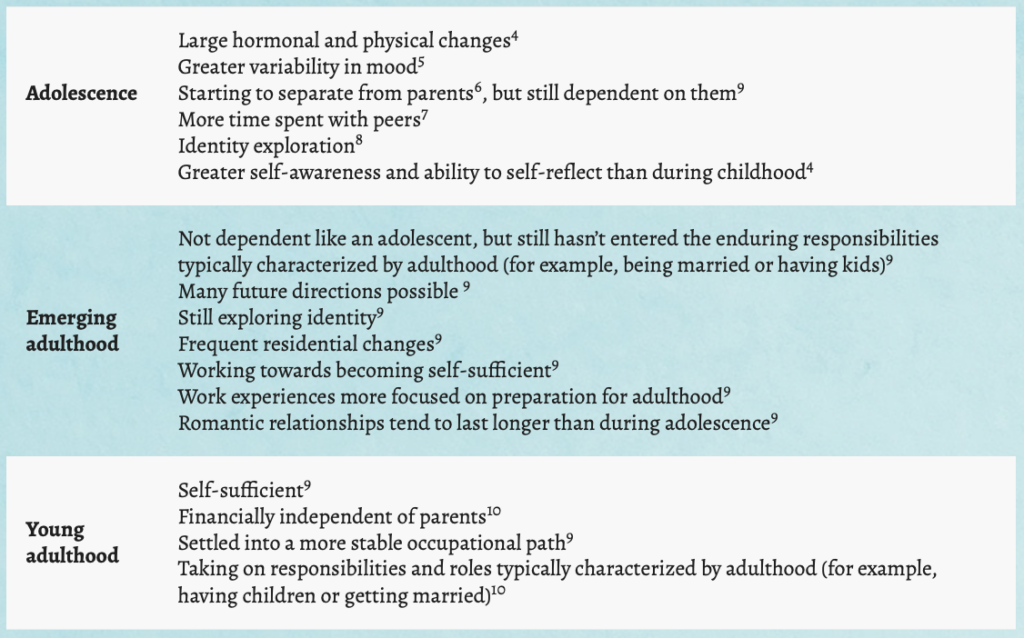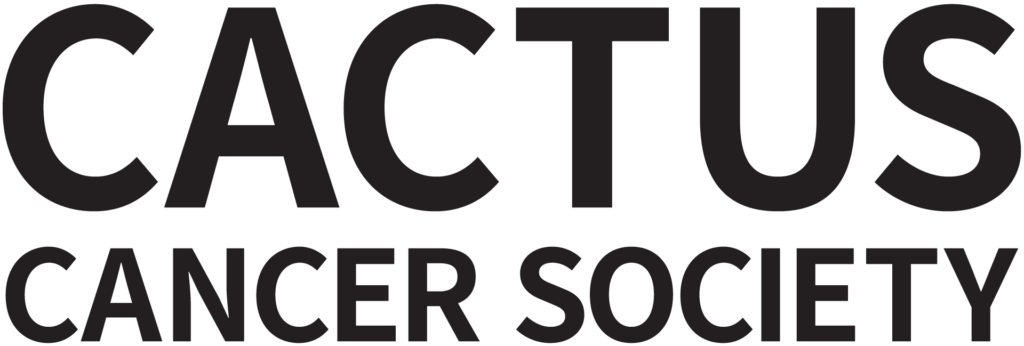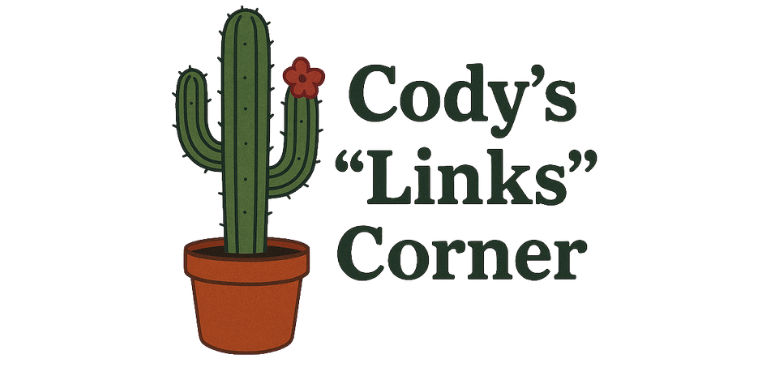Believe it or not, this is a more difficult question to answer than one might initially think.
Interestingly, there is no agreed-upon definition in the research or among hospitals of what exactly constitutes an adolescent and young adult cancer patient/survivor. According to the National Cancer Institute, AYAs are young people who were diagnosed with cancer between the ages of 15-39. However, the Surveillance, Epidemiology and End Results (SEER) program defines AYAs as those diagnosed with cancer between the ages of 15-29. After sifting through research and searching for AYA programs in the United States, I have gathered that it seems that it is most common for AYAs to be defined as individuals aged either 15-29 or 15-39 years depending on the program or researcher.
There is controversy amongst researchers and doctors who work with and study AYAs in regard to 1) whether there even should be a strict age range for what constitutes an AYA and 2) if there should be, what that age range ought to be. The co-chairs of the Canadian National Task Force on Adolescent and Young Adult Oncology argue that there should not be a strict age range in regard to what defines an AYA. They think that rather than sticking to a specific age, it is most important for context (i.e., the developmental stage and psychosocial circumstances of the young person) to be taken into account when considering research and programming.
On the other hand, others, like Andrea Ferrari who is a pediatric oncologist, think that it is very important that there is a universally accepted age range covered by the definition of AYA oncology. She, and others, argue that an agreed upon definition of an AYA is vital in order to facilitate the development of AYA programs and research protocols.
So, should there be a specific age range in regard to what constitutes an AYA, or should we forget about strict age guidelines and focus on context? Well, there is another camp of researchers, practitioners, and doctors who believe that it is important to subdivide AYAs (aged 15-39) into smaller subgroups. These professionals generally divide AYAs into three subsets: adolescents (ages 15-18), young adults (ages 19-24), and those in late young adulthood (ages 25-29). They argue that creating research protocols and programs for those with cancer ages 15-39 is a far too generalized approach in that it does not take into account the person’s developmental stage. A 15-year-old who is starting to explore their identity and separate from their parents, for example, will have far different needs than a 35-year-old who is caring for their young children.
Although I see the convenience in lumping AYAs into definite groups (for example, those aged 15-29 or 15-39) and researching and creating programs for people within those age ranges, I tend to agree with those that think that it is most important to focus on the developmental stage and context of the individual. After all, an adolescent just diagnosed with cancer who is exploring their identity will likely have very different needs than a young adult recently diagnosed with cancer who just had their first child. A program made to help meet the psychological needs of this adolescent would likely be qualitatively different than one made to help meet the psychological needs of the aforementioned young adult.
So, rather than creating a strict age range for what should constitute an AYA and developing research and programs dependent on this vast age range, I think it is important for the developmental stage and context of the individual to be taken into account when researching and creating interventions for them. Rather than lumping AYAs aged 15-39 (or 15-29 for that matter) together and trying to generalize research and programs to meet the needs of this vast age range, I think it is urgent that the developmental stage and context of the individual be taken into account. After all, individuals are undergoing different transitions and processes dependent on their developmental stage and the context in which they are embedded (see below for a general overview of some of the different defining features of these developmental stages).

*It is important to note that the information in the aforementioned table is pulled from research that features samples that are largely from the United States. The same developmental stage may have very different features dependent on the context in which the individual is embedded (for example, adolescence in India is marked by different features than adolescence in the United States). It is also important to note that these developmental stages do not have agreed-upon, fixed age ranges. Rather, it is critical to take the individual in context into account when determining which developmental stage they may fall into.
**Please note, Cactus Cancer Society programs are open to young adults facing cancer between the ages of 18 and 45.**
This piece was written by Ximena Gisemann on her blog, Support for AYAs (SAYA). To see a fully reference list or to read more, visit her blog.







